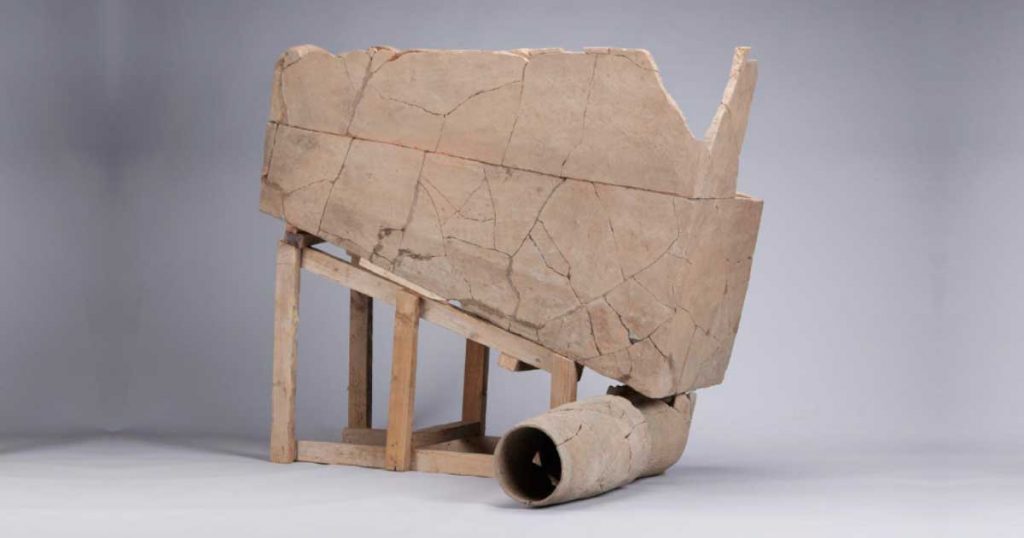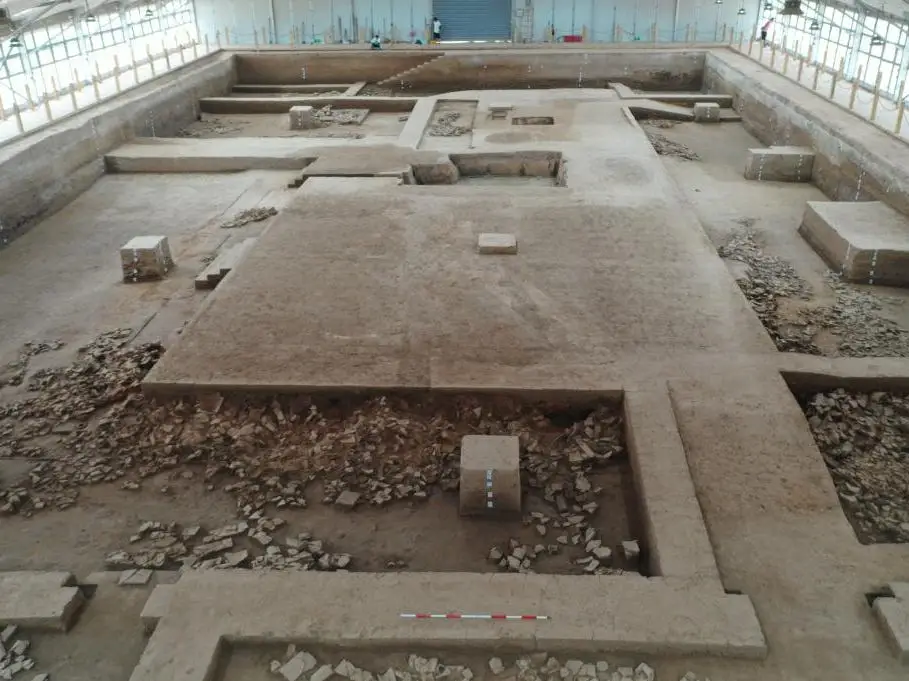Last summer, Chinese archaeologists discovered a 2,400-year-old manual flush toilet in the Yueyang archaeological site in Xi’an, Shaanxi province of China. The find is significant not only for its age, but also for what it may reveal about the diet of people during that time.
The toilet was found amidst the ruins of a palace in the ancient city of Yueyang and is believed to have been used by either Qin Xiaogong or Qin Xian’gong during the Warring States Period. The toilet’s discovery sheds light on the advanced plumbing systems used by the ancient Chinese, particularly the elites. The toilet had a relatively complex design, with a drain that connected to a septic tank located beneath the palace.

The archaeologists working on the site had to painstakingly piece together the broken parts of the toilet, which included a flush tank and a drainpipe. Despite its age, the toilet is remarkably well-preserved and provides insight into the daily lives of the ancient Chinese. The discovery of this ancient toilet highlights the fact that the Chinese were among the first to develop complex plumbing systems, even before the advent of modern technologies.
The toilet may also provide clues about the diet of the people who use it. The septic tank found beneath the palace could potentially contain remnants of food, which could be analyzed to gain a better understanding of the diet of the ancient Chinese. By studying the food remains, archaeologists may be able to piece together a more detailed picture of the lifestyle and habits of the people who lived in the palace.

Overall, the discovery of the 2,400-year-old flush toilet in China is a remarkable find that sheds light on the advanced plumbing systems and daily life of the ancient Chinese. The toilet provides a glimpse into the diet of people during that time and has the potential to uncover even more information about the lives of the people who used it.


